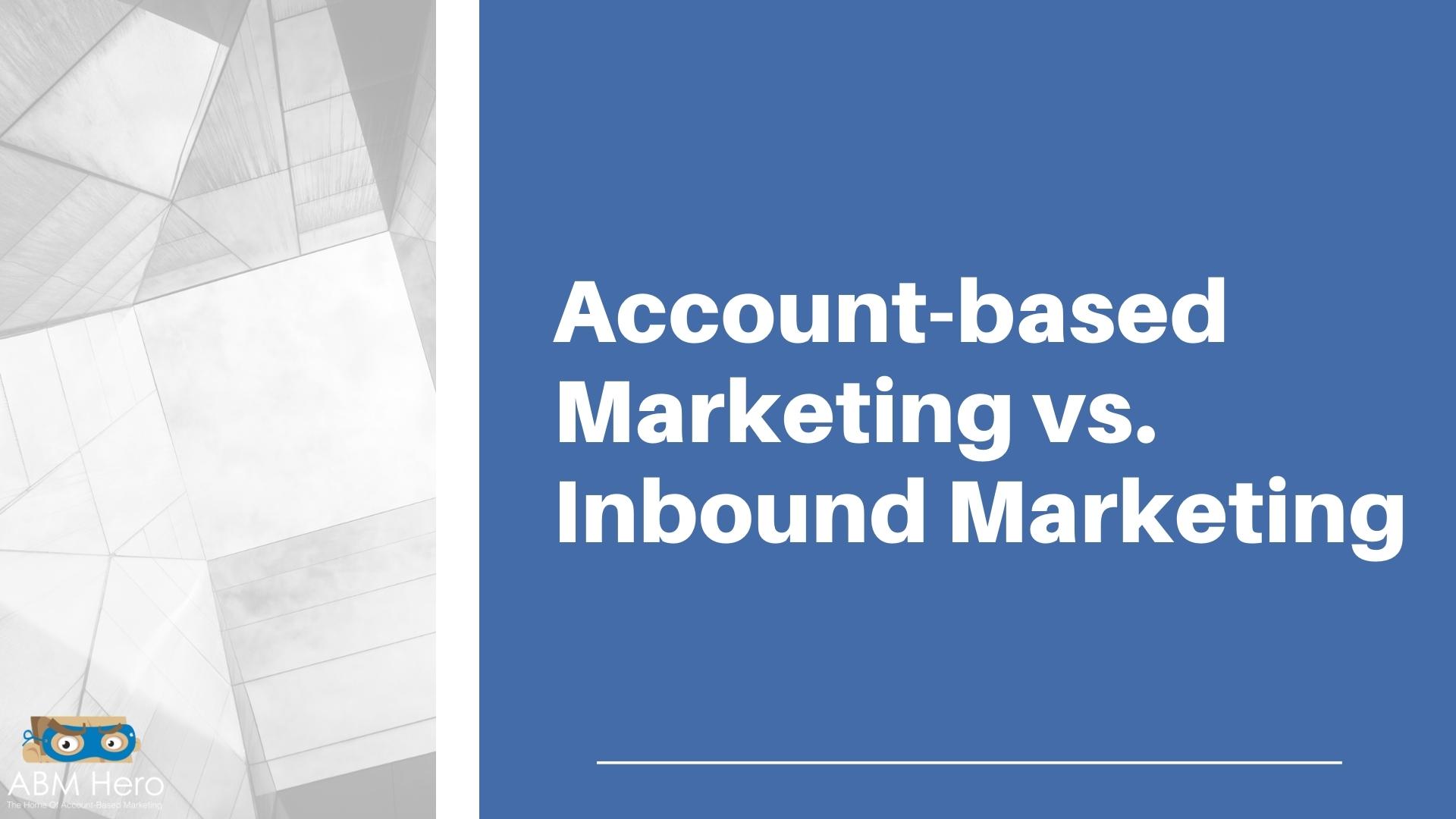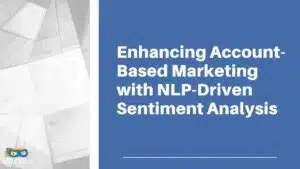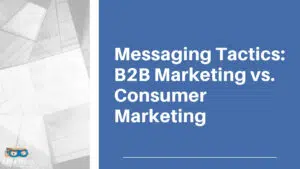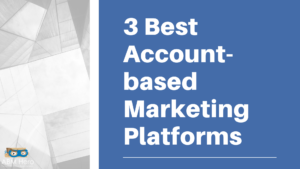There’s a lot of debate in the marketing world about which strategy is best: account-based marketing (ABM) or inbound marketing.
Both have their pros and cons, but it depends on your business goals and target audience as to which one is right for you.
ABM is a laser-focused approach to marketing where you identify and target key accounts that are most likely to convert, while inbound and outbound marketing focus on attracting a broader audience through various strategies. Inbound marketing, on the other hand, is a more holistic approach to attracting more customers to patronize your products and services.
It’s an intriguing subject and this article will present the up-to-date topic.
Account-based marketing (ABM) is a strategic way to target a specific list of customers with personalized marketing content.
Instead of casting a wide net and hoping to snag a few customers, using a more targeted approach through ABM; personalizing your marketing content, and reaching out to specific customers for products or services is now as easy as pie.
It is a form of guerrilla marketing. A marketing strategy in which a company uses surprise or unconventional interactions to promote a product or service.
Putting an end to trying to convince a large number of people to buy your product or use your services, you reach out to them using content that you know they’re interested in can help you deliver a message.
Check out our in-depth discussion of account-based marketing to learn more.
What is Account-Based Marketing?
Account-Based Marketing (ABM) is a strategic approach to marketing that focuses on targeted outreach to specific accounts. Unlike traditional outbound marketing methods that cast a wide net, ABM zeroes in on a select group of high-value accounts. By identifying and prioritizing these accounts, marketers can develop personalized campaigns that resonate deeply with the target audience. This approach is particularly effective in B2B marketing, where building strong relationships with key decision-makers is crucial. ABM often works best when sales and marketing teams collaborate closely to ensure that the messaging and outreach are perfectly aligned with the needs and interests of the target accounts.
Definition of ABM
ABM is a highly targeted marketing strategy that involves tailoring marketing efforts to specific accounts. This holistic approach aligns marketing and sales processes to engage key decision-makers at target accounts. By focusing on a select group of high-potential accounts, ABM aims to build meaningful relationships and drive revenue growth. Personalized and relevant content, messaging, and experiences are at the core of an effective account-based marketing strategy. This method allows marketers to deliver highly customized campaigns that address the unique challenges and opportunities of each target account, making it a powerful tool for driving business growth.
What is Inbound Marketing?
What does inbound marketing mean? It has a considerably greater scope than ABM. Unlike outbound or random lead generation, it focuses on attracting clients who are already interested in the company’s products or services (connecting with people directly). Inbound marketing efforts are a cost-effective approach that utilizes content creation and organic search traffic to attract a broader audience.
The goal of the inbound strategy is to entice customers by providing them with engaging and relevant media and information, as inbound marketing focuses on delivering high-quality content offers to attract and qualify leads. Information on homeownership and how to become a homeowner could be presented by a real estate company.
When it comes to this kind of strategy, it’s all about making sure your marketing budget is going where they’re needed most. Spending on marketing is aimed toward those who are already part of a target market, people who are likely to be particularly interested in the items and services being offered.
Some examples include:
- Establishing your social media presence by featuring products and services
- Uploading feel-good videos on a Youtube channel that involves hobbies or activities that are contextually related to your products and services
- Arranging webinars and educational engagements to deepen the knowledge of your potential customers about your product.
Definition of Inbound Marketing
Inbound marketing is a strategic approach to marketing that focuses on attracting and engaging customers through valuable content and experiences. Unlike traditional outbound marketing methods that interrupt potential customers with ads and cold calls, inbound marketing relies on earning their attention organically. By creating and sharing content that is relevant and helpful, businesses can attract potential customers to their website or social media channels. The goal is to convert these visitors into leads by using calls-to-action and forms that capture their contact information. Inbound marketing strategies often include blogging, social media marketing, SEO, and content marketing, all designed to provide value and build trust with the audience.
Goals of ABM and Inbound Marketing
ABM Goals
The primary goal of ABM is to drive revenue growth by building relationships with key decision-makers at specific accounts and increasing sales to those accounts. ABM campaigns are meticulously tailored to the needs and interests of the target accounts, ensuring that the messaging resonates on a personal level. By focusing on a select group of high-value accounts, ABM allows marketers to develop personalized and highly targeted campaigns that are designed to engage and convert those accounts. This approach not only increases the likelihood of closing deals but also fosters long-term relationships that can lead to sustained business growth.
Similarities of Account-Based Marketing and Inbound Marketing
At first glance, ABM and inbound marketing may seem like different marketing approaches. However, there are quite a few similarities between the two.
- Both methodologies share the goal of generating new leads
- They are both data-driven
- They both require a multi-channel approach
- They both use persona-based marketing
- They are both long-term strategies
Differences Between Account-Based Marketing and Inbound Marketing
While they may sound alike, ABM and inbound marketing have differences that people sometimes forget. Here are some of the notable points you should consider:

Target Audience
ABM targets a different audience than inbound marketing. For instance, because the audience for inbound marketing is higher, it is frequent to attract the wrong prospects.
ABM campaigns are constrained and built around ideal customer profiles (ICP). These are necessary corporate decision-makers who are interested in your product or service. So there is a significant rise in the likelihood of a purchase.
Messaging Strategies
ABM and inbound marketing differ in terms of messaging for a few reasons.
First, ABM requires a more targeted approach to marketing, as companies are targeting specific accounts rather than a wider audience. It means that the messaging must be more tailored to the specific needs of the account, rather than a generic message that could apply to anyone.
Secondly, ABM also tends to be a more consultative and collaborative approach, working with the account to determine their specific needs and how best to address them.
In contrast, inbound marketing is focused on attracting leads and customers through content and SEO strategies. The messaging is therefore more general in nature and is not as tailored to specific accounts.
Overall Strategy
For the most part, an inbound marketing strategy is creating a website and then creating content to drive traffic to it. Effective inbound strategies involve creating content that is tailored to the target audience, which not only generates leads but also enhances customer relationships and brand awareness. Landing pages have been created for a broader readership on the website. Teachers and government workers, for example, may each have their own.
Each group’s specific landing page will then be targeted with material tailored to that group’s interests. The most important goal is to bring in qualified leads.
The first step in an ABM strategy is to research the intended audience, determine the ideal client profile, and then actively engage the organizations that fall into that category. Email, social media, phone calls, and even corporate gifts can all be used to get a conversation started with this particular demographic.
Ways and Means
Content-based methods are the go-to for inbound marketers with regard to connecting with their target audience. Everything from online videos and blogs to live performances and conventions is incorporated in this category. In addition, they use search engine optimization and online marketing strategies (paid ads).
Direct communication with specific individuals within a company is a common strategy for ABM marketers. Ad campaigns on social media and search engines are also frequent for them.
Measuring Results
ABM and inbound marketing differ in measuring results for a few reasons.
First, inbound marketing is centered on generating leads through various ranges, such as content marketing, SEO, and social media.
Once lead is generated, inbound marketing relies on conversion rates to measure success. On the other hand, ABM is focused on generating leads through targeted ABM initiatives.
Additionally, inbound marketing is considered by the number of leads generated, while ABM is measured by the number of deals closed. This is because inbound marketing is more of a top-of-the-funnel activity, while ABM is more of a bottom-of-the-funnel activity.
Performance initiatives can be measured by different indicators. There are, however, some key differences.
Inbound marketing metrics include conversions, leads, and revenue, to name a few. It is possible to track how many people have seen your website or read your blog article. Alternatively, they may have purchased your ebook.
Email campaign engagement, clickthrough rate, open rate, and other metrics are used to gauge the success of an ABM campaign. It’s easier to link a convert to a specific approach because ABM is almost one-on-one.
When measuring performance, concluded agreements and income are easy to perceive.
Collaboration of Sales and Marketing Team
The primary difference between ABM and inbound marketing lies in the level of collaboration between marketing and sales teams.
In inbound marketing, the sales team is more involved in the planning and execution of marketing campaigns, while in ABM, the marketing team takes the lead. Differences is due to the different goals of each approach: inbound marketing is focused on generating leads and driving conversions, while ABM is more on building relationships with key accounts.
The level of collaboration between marketing and sales teams is a crucial factor in determining the success of any marketing campaign.
The Revenue Funnel
Inbound marketing concentrates on the top of the funnel, unlike an ABM funnel.
The top, middle, and bottom all apply to the customer journey for ABM. An inbound marketing strategy only focuses on attracting customers, whereas an account-based marketing approach considers the full customer and buyer journey.
ABM and inbound marketing can start the same but end up differently. A company may use inbound marketing and create a captivating website that draws customers in.

However, with inbound marketing, the marketing cycle ends there; the consumer then contacts the sales team, who then has the responsibility of closing the deal immediately.
In contrast, a live chat option may be applied to establish a connection with the consumer under an ABM strategy. The user account would contain a record of each client interaction.
Marketers would adhere to an ABM strategy depending on the level of consumer interaction. Additionally, marketers would be able to recognize clients who had interacted with the company the most and appeared to be the most interested.
Both ABM and inbound marketing are essential for any business. They have their strengths and weaknesses, so it’s necessary to understand both before deciding which one to focus on. After all, it will depend on your specific business needs and goals.
Which one do you think is the best for you?

